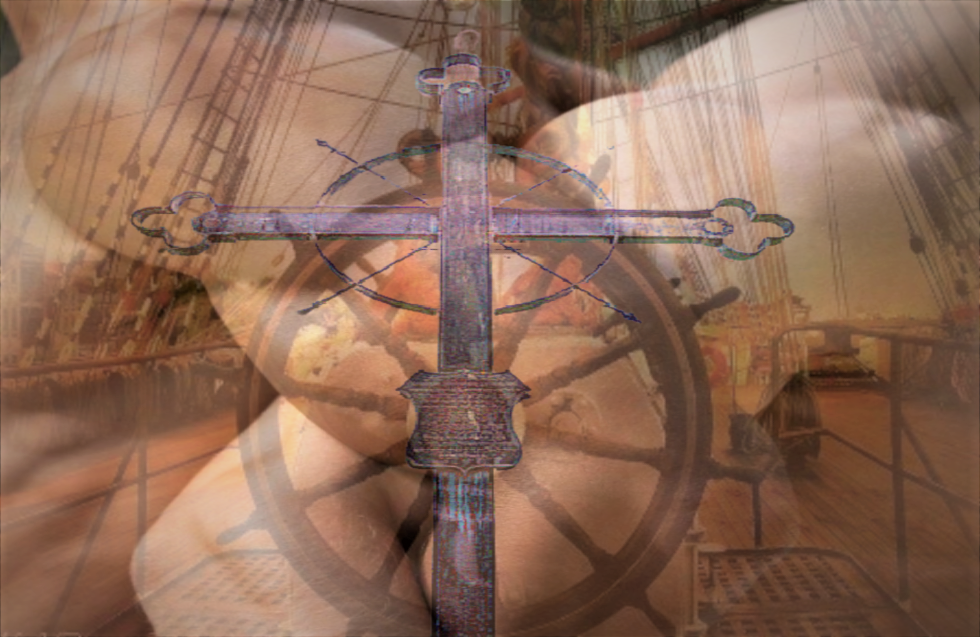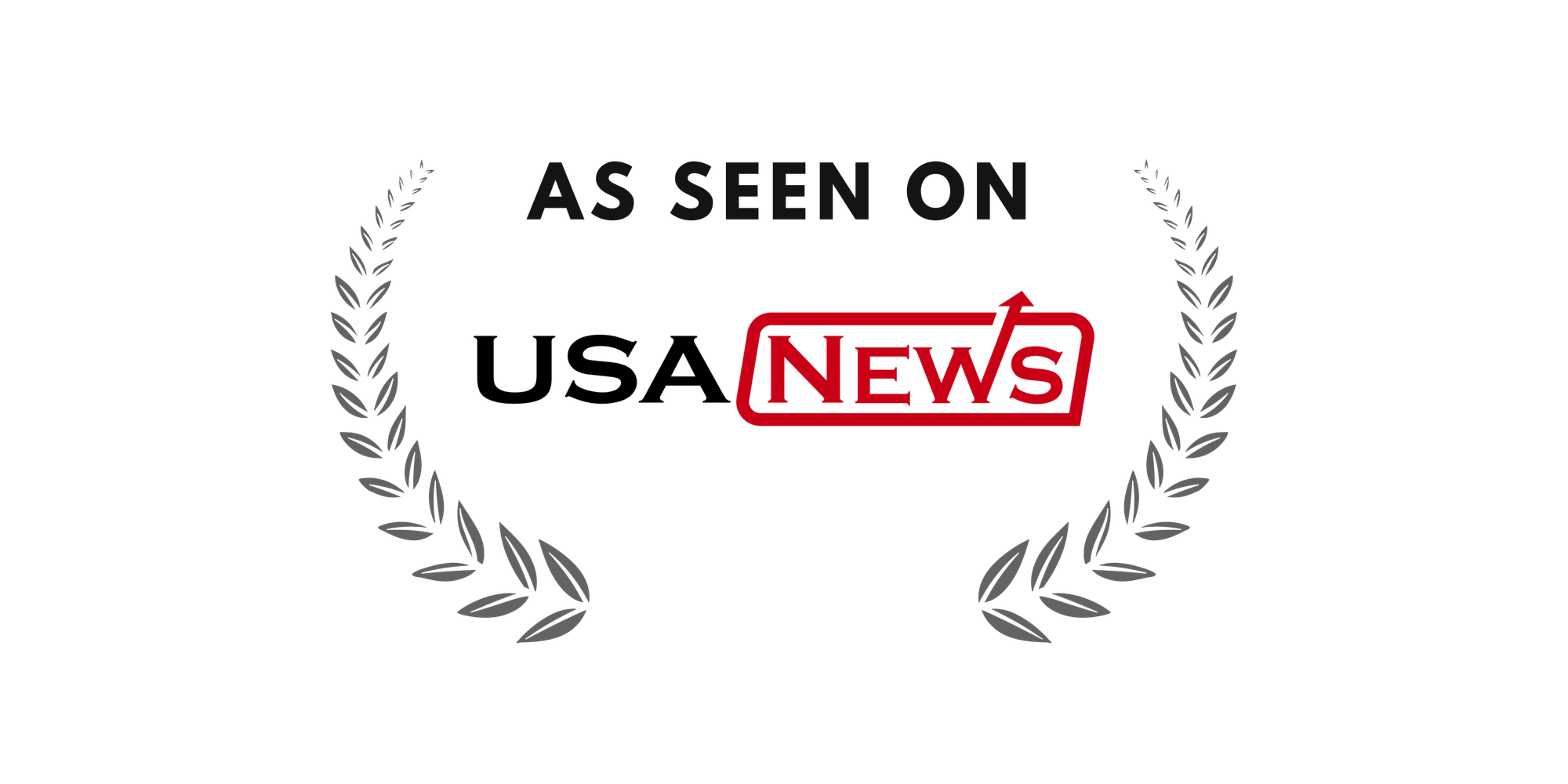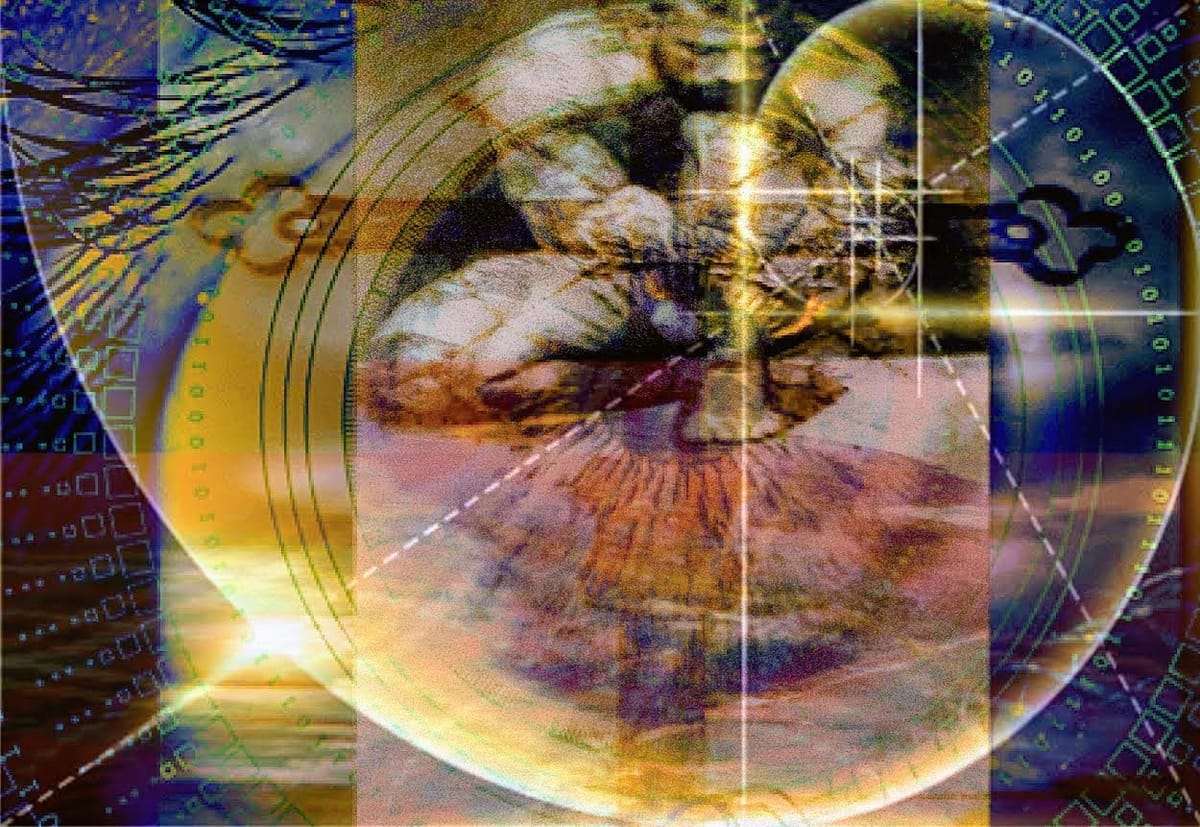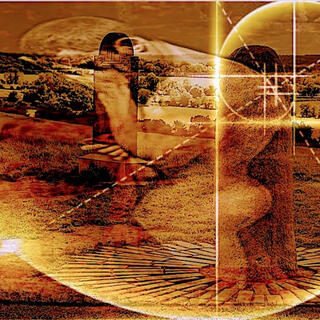Cajun Country Music Returns to Appalachian Soul reboot with Cajun Dead et le Talkin`Stick
The Cajun side of country music is having an unprecedented creative renaissance, inspired by Appalachian music & capturing world music attention.


A new generation of Cajun artists is breathing life into traditional sounds, creating something entirely unexpected.
In the rolling hills where Louisiana meets the broader American South, the music is the same as it ever was. However, in its Nordic Atlantic Canadian Acadian Cousin realm, something remarkable is stirring. While much of the contemporary music landscape has settled into predictable patterns, a quiet revolution is taking place in the most unexpected corner of the country music world. The Cajun side of country music, long relegated to regional festivals and specialty radio hours, is experiencing an unprecedented resurgence — an Appalachian-inspired creative renaissance that's capturing attention far beyond its traditional boundaries.
At the center of this movement stands an ambitious project that's as intriguing as its name: "Cajun Dead et le Talkin Stick." Spearheaded by contemporary visual artist Theraiult, this endeavour represents something rare in today's cultural climate—a genuine return to musical roots that somehow manages to feel completely fresh and forward-thinking.

The Project That's Changing Everything
"Cajun Dead et le Talkin Stick" isn't just another nostalgic exercise in musical archaeology. Instead, it's a comprehensive song lyric catalogue project that systematically explores and revives the rich musical traditions of New World Appalachian music. What makes it particularly compelling is how Theraiult, primarily known for visual art, has approached this musical territory with an outsider's perspective that's yielding never-before-seen insider insights.
The project draws its instrumentation from a century-old template that includes lead Dobro, banjo, mandolin, fiddle, hurdy-gurdy, and perhaps most unusually, a blow mouth didgeridoo—creating a sonic palette that bridges continents and cultures in ways that feel both ancient and startlingly contemporary.
"What we're hearing is something that shouldn't work on paper." You have these traditional Appalachian instruments, this Aboriginal Australian element with the didgeridoo, and then these complex vocal arrangements that seem to channel something from deep in the American musical unconscious. It's like watching a new species of music emerge."

The Grateful Dead Counter-Culture Connection
The most intriguing aspect of the project is how it's being received by audiences more familiar with countercultural music movements than traditional country. The polyphonic call-response male vocal harmonies and existential lyric narratives have drawn comparisons to the creative force that once surrounded the Grateful Dead—but with a distinctly different flavour that speaks to contemporary anxieties and aspirations.
"There's this quality of collective improvisation that reminds you of what the Dead were doing in their prime," say those who have covered the Louisiana and Atlantic Canada satellite communities of the French Acadian music scene for decades. "But instead of psychedelic exploration, you're getting this deep dive into American musical DNA. It's like they're excavating songs that were always there, waiting to be discovered."
The vocal arrangements in particular have caught the attention of musicians and critics alike. Rather than the typical lead-and-backup structure common in contemporary country music, "Cajun Dead et le Talkin Stick" employs complex harmonic relationships in which multiple voices weave in and out of one another, creating textures that feel both conversational and ceremonial.
A Response to Creative Bankruptcy & Stagnation
The timing of this musical revival feels particularly significant. Across creative disciplines—from mainstream music to the visual arts to literature—there has been a growing sense of creative bankruptcy, a feeling that artistic expression has become trapped in cycles of repetition and market-driven formulas. In this context, the emergence of something genuinely unexpected feels like more than just a curiosity; it feels like a necessity.
"We're at a point where the creative arts need to remember what they're for," Theraiult explained in a recent interview. "Not just entertainment, not just product, but as a way of processing human experience and connecting us to something larger than ourselves. That's what this traditional music always did, and that's what we're trying to recapture."
The project's approach to lyrical content reflects this philosophy. Rather than focusing on the typical themes of contemporary country music—trucks, romance, small-town life—the songs delve into existential questions about place, identity, and community. They tell stories that feel both deeply rooted in specific cultural traditions and surprisingly universal in their concerns.

The Appalachian Celtic Irish French Acadian Tapestry
What makes "Cajun Dead et le Talkin Stick" particularly fascinating is how it weaves together the various cultural threads that have always been present in American roots music but are rarely acknowledged in their full complexity. The Appalachian musical tradition itself is a synthesis of Celtic, Irish, French, and Acadian influences that arrived in the New World and evolved in isolation, creating something distinctly American while retaining echoes of older European forms.
"People forget that what we call 'traditional American music' is actually this incredible fusion cuisine," explains the cultural historians, still unable to process the sheer poetic beauty in the contemporary lyrics. "You have these French Acadian settlers, Irish and Scottish immigrants, all bringing their musical traditions and mixing them in the hollers and bayous. What Theraiult is doing is making that synthesis visible again, but with a contemporary consciousness that allows us to hear it fresh."
The trance-inducing hurdy-gurdy, an instrument with medieval European origins, serves as a particularly effective bridge between old and new worlds in the project's sonic soundscape. Its drone-like qualities provide a constant underlying texture that anchors the more melodic instruments while creating an almost hypnotic quality that draws listeners deeper into the musical experience.
The Ripple Effect
The influence of "Cajun Dead et le Talkin Stick" is beginning to be felt beyond its immediate musical context. Young musicians across the South have started incorporating similar approaches to their own work, blending traditional instrumentation with contemporary lyrical concerns and experimental vocal arrangements. The project has also attracted attention from unexpected quarters, including electronic music producers who are finding inspiration in its organic approach to polyphonic texture.
"It's created permission for musicians to dig deeper. "Instead of trying to sound like whatever's on the radio, people are asking themselves what their own musical heritage sounds like, and how they can honour it while making it relevant to their own lives." In a contemporary here and now context, instead of the past, past and past.
This ripple effect extends into the broader cultural conversation about authenticity and tradition in American music. At a time when many young people feel disconnected from cultural roots, the project offers an engagement model that's neither nostalgic nor dismissive of the past, but rather finds ways to make historical traditions speak to contemporary concerns.
The Technical Innovation
Beyond its cultural significance, "Cajun Dead et le Talkin Stick" is also notable for its technical innovations. The integration of the blow mouth didgeridoo into Appalachian instrumentation required developing new playing techniques and arrangements that could accommodate its unique tonal qualities without overwhelming the more delicate sounds of traditional mountain instruments.
"The didgeridoo adds this whole other dimension," explains song lyric catalogue project contributor Claude Edwin Theriault. "It's not just providing rhythm or bass tones—it's creating this ceremonial quality that transforms the entire musical experience. You feel like you're participating in something sacred and part of the human flow, not just listening to a song."
The recording techniques used in the project also deserve attention. Rather than the heavily produced sound typical of contemporary country music, "Cajun Dead et le Talkin Stick" employs minimalist recording approaches that capture the natural acoustics of the performance spaces, often historic buildings or outdoor locations with particular cultural significance.
Looking Forward with Contemporary Cajun Music playlist
As the French Canadian song lyric project continues to develop, its influence on the broader landscape of American roots music seems likely to grow. Several major music festivals have begun programming acts that draw inspiration from its approach, and record labels are showing increased interest in artists who can bridge traditional and contemporary sensibilities in similar ways.
"What we're seeing is the beginning of a real movement," predicts music industry analyst Robert Boudoin. "Not just in Cajun country music, but in how we think about American musical traditions generally. There's a hunger for authenticity, but also for innovation. This project shows how you can have both."
The broader implications extend beyond music itself. In a time of cultural fragmentation and disconnection, "Cajun Dead et le Talkin Stick" offers a model for how creative work can serve as a bridge between past and present, between individual expression and collective tradition, between local identity and universal themes of Acadian Pride and Kitchen Parties that are no more.
The Deeper Current
What's most inspiring about this musical revival is how it suggests possibilities for creative renewal across artistic disciplines. By demonstrating that tradition and innovation can coexist productively, that local specificity can speak to universal concerns, and that authentic artistic expression can find an audience even in a market-driven cultural landscape, the project offers hope for a broader creative renaissance; in a Heritage Patrimonial culture that is always moving backwards towards the past that is no more.
The existential quality of the lyrical narratives—their willingness to grapple with questions of meaning, purpose, and belonging—feels particularly relevant at this moment in American cultural life. Rather than offering easy answers or comfortable escapism, the songs create space for reflection and genuine emotional engagement.
"Music has always been one of the ways we make sense of our experience," Theraiult reflects. "What we're trying to do is create songs that help people process what it means to be alive right now, in this place, with this history. That's what the old songs did for their communities. We're just trying to carry that tradition forward."
As "Cajun Dead et le Talkin Stick" continues to evolve and influence the broader musical landscape, it stands as a reminder that creative vitality often comes not from abandoning tradition, but from finding new ways to honour and extend it. In an era when many creative arts are trapped in cycles of repetition and commercialization, this project offers a different path forward—one that's both deeply rooted and genuinely innovative, both locally specific and universally resonant.
The renaissance may be quiet, but its effects are beginning to be felt far beyond the bayous and hollers where it started.





